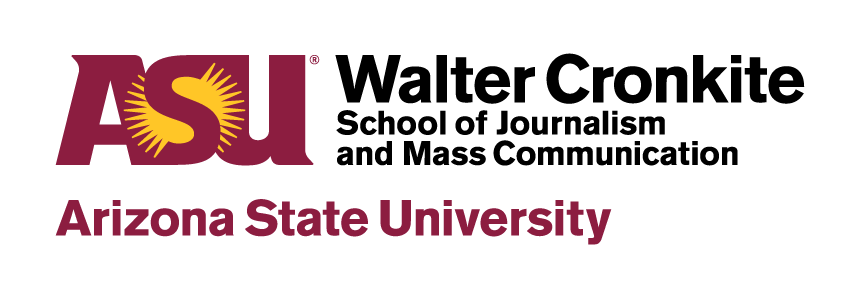The National Center on Disability and Journalism at Arizona State University has released an updated version of its disability language style guide in both English and Spanish for journalists and professionals who report or write about people living with disabilities.
The guide offers information and advice on nearly 100 commonly used words or terms — from “able-bodied” to “wheelchair-bound.”
Headquartered at ASU’s Walter Cronkite School of Journalism and Mass Communication, the NCDJ is a national organization that provides support and guidance to journalists and communicators as they cover people with disabilities.
For more than a decade, the NCDJ guide has been a go-to source for professionals around the world seeking to use language about disability that avoids the stereotypes frequently associated with disability.
“Language frames how we see people with disabilities, and our choices matter,” said Kristin Gilger, the center’s director and Reynolds Professor in Business Journalism at the Cronkite School. “What we’re trying to do is provide an authoritative, neutral source of guidance and information that balances the need for sensitivity and accuracy against the journalistic mandate for language that is clear and easily understood by a general audience.”
Gilger said disability can be a difficult topic to cover for journalists, many of whom are unfamiliar with current debates over language choices and what might be considered offensive. For example, there are fierce disagreements about the use of the word “disabled” itself and whether to use “people first” or “identity first” language. The latter has been particularly contentious within the disability community.
In the past, the NCDJ has encouraged the use of people-first language, such as, “a person who has Down syndrome” rather than “a Down syndrome person,” but the revised guide no longer suggests it as a default.
“Even with the caveat that this does not apply to all, we have heard from many people with disabilities who take issue with people-first language,” said Amy Silverman, a Phoenix-based journalist and author who led the effort to revise the guide. “For us, this really emphasizes the fact that no two people are the same — either with regard to disabilities or language preferences. And, so, we are suggesting that people double down to find out how people would like to be described.”
The guide also suggests being sensitive when using words like “disorder,” “impairment,” “abnormality” and “special” to describe the nature of a disability.
“But note that there is no universal agreement on the use of these terms — not even close,” Silverman said. “’Disorder’ is ubiquitous when it comes to medical references, and the same is true for “special” when used in ‘special education,’ so there may be times when it’s appropriate to use them. The word ‘condition’ is often a good substitute that avoids judgment.”
In addition to offering recommendations on language choices, the guide provides a brief background on each word or term and touches on instances in which disability organizations disagree on usage. It also notes whether the word or term is addressed in The Associated Press Stylebook, widely used by journalists around the world as a guide to writing. The AP recently expanded its disability language entries, in part with the guidance of the NCDJ.
The NCDJ was founded in 1998 in San Francisco as the Disability Media Project to raise awareness of how the news media cover people with disabilities. The organization was renamed in 2000 and moved to the Cronkite School in 2009. NCDJ’s disability style guide is available on the organization’s website or as a printable PDF. It is available in both English and Spanish.

